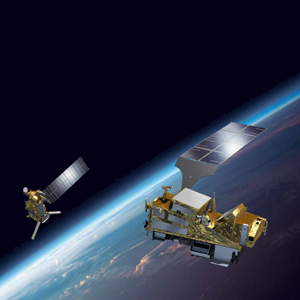 EPS-SG is EUMETSAT’s next generation of polar-orbiting satellites, following on from earlier successful EUMETSAT Polar System programme (Metop). This next generation will secure the continuation of meteorological observations from polar orbit from 2025-2043.
EPS-SG is EUMETSAT’s next generation of polar-orbiting satellites, following on from earlier successful EUMETSAT Polar System programme (Metop). This next generation will secure the continuation of meteorological observations from polar orbit from 2025-2043.
The EPS-SG mission will have two series of spacecraft, Metop-SG A, the first of which was launched on 13 Aug 2025, and B, flying on the same mid-morning orbit, like the current Metop satellites. The orbit height is in the range 823-848 (dependent on latitudes). There will be three satellites each of Metop-SG A and Metop-SG B.
Metop-SG A is an atmospheric sounding and imaging mission. It has a suite of infrared, microwave, and imaging instruments for sounding temperature, moisture and trace gases in the atmosphere:
- Infrared Atmospheric Sounding Interferometer (IASI-NG)
- Microwave Sounder (MWS)
- METimage
- Multi-viewing, Multi-channel, Multi-polarisation Imager (3MI)
- Sentinel-5 instrument
Metop-SG B is a microwave imaging mission, focused on radar observations of ocean-surface wind and soil moisture and all-weather microwave imagery of precipitation and ice clouds:
Both satellites are equipped with a Global Navigation Satellite System (GNSS) Radio-Occultation (RO) instrument for limb sounding of temperature and humidity at high vertical resolution.
Ground Segment
The EPS-SG Overall Ground Segment (OGS) will support the ground functions required to meet the EPS-SG Missions objectives.
Main functions of the OGS:
- Acquiring, processing and disseminating EPS-SG global and regional data to the end users, as part of the EPS-SG Global and Regional missions.
- Monitoring, controlling and operating the Metop-SG satellites in orbit.
- Archiving EPS-SG global data and providing off-line retrieval from archive and user support services.
- Perform calibration and validation of the products, routinely monitoring the Metop-SG instruments’ health, and product quality.
The ground segment consists of:
- Mission Control and Operations (MCO) — The MCO block will ensure the end-to-end monitoring and control of the Metop-SG spacecraft, including Tracking, Telemetry and Control (TT&C).
- Payload Data Acquisition and Processing (PDAP) — The PDAP block will ensure the end-to-end chain from data acquisition to the generation of level 1 and level 2 products.
- EUMETSAT Multi Mission Elements (MMEs) — The Multi Mission Elements (MMEs) are EUMETSAT operational facilities and common infrastructure used by existing programmes. They are split in four groups: infrastructure, data centre, monitoring and dissemination. They will be used by EPS-SG after extension and upgrade.
Further information on the Metop-SG spacecraft, instruments and services can be found on Metop-SG section of the EUMETSAT User Portal.




 Please look at
Please look at 

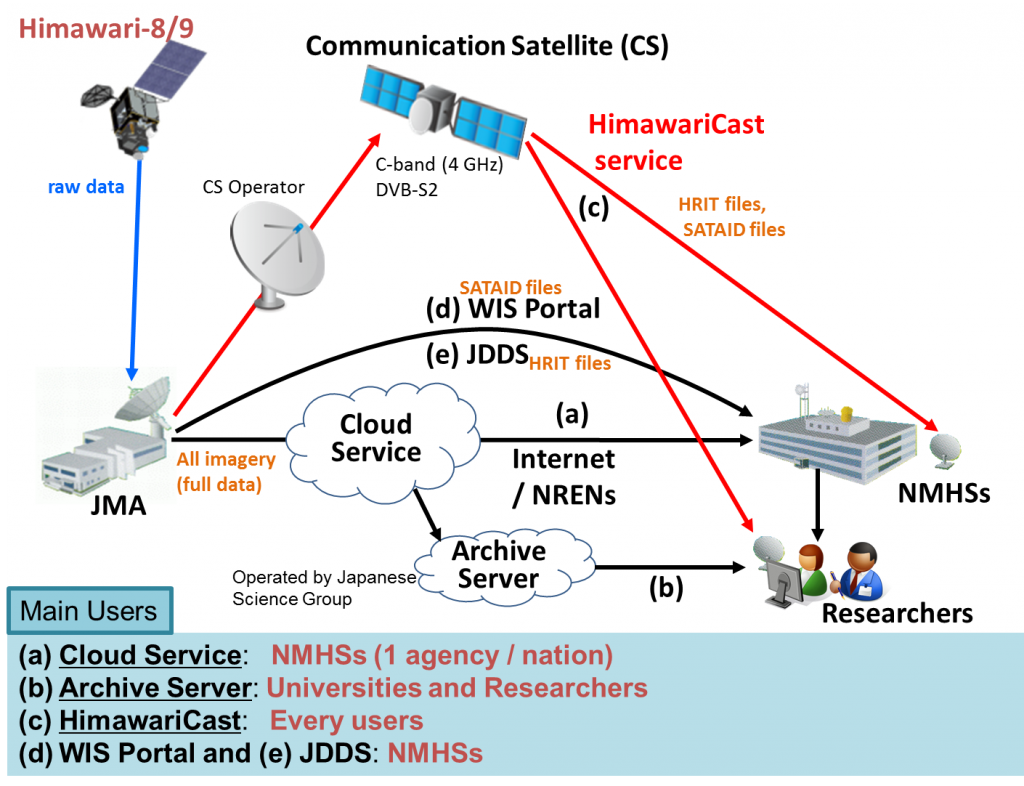
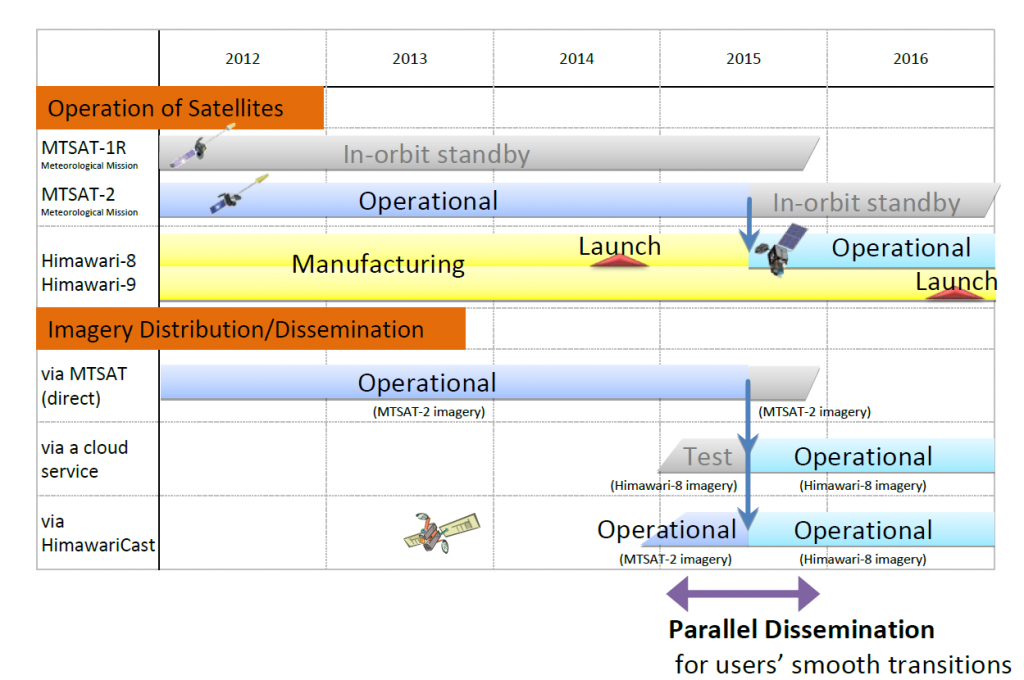
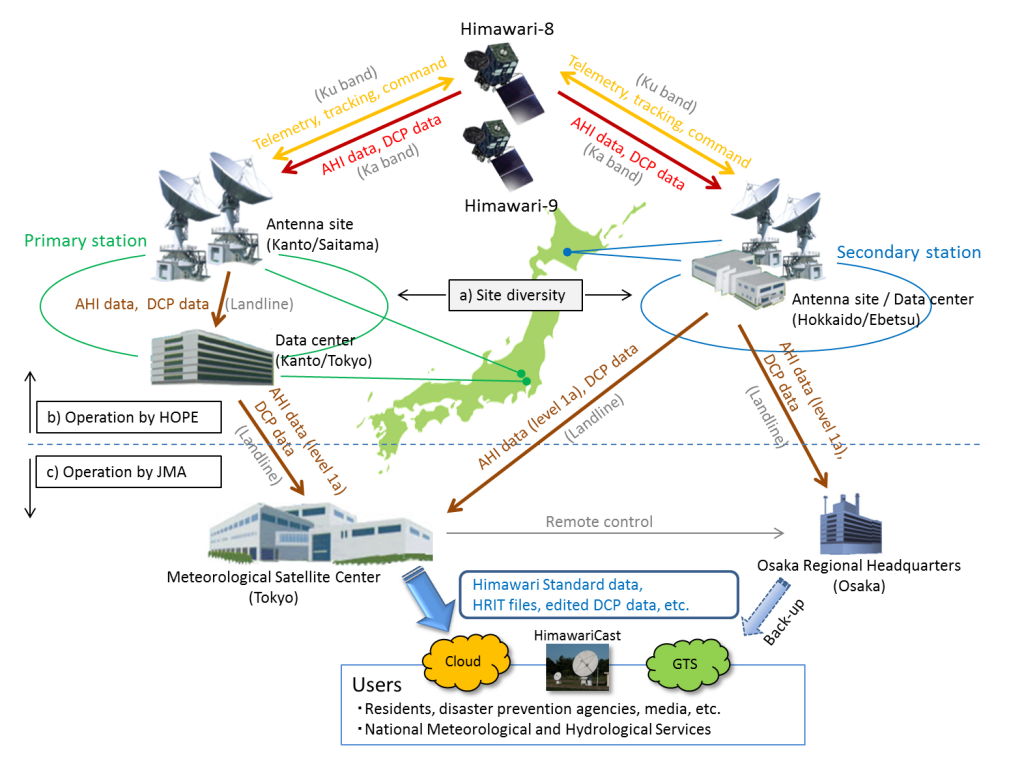
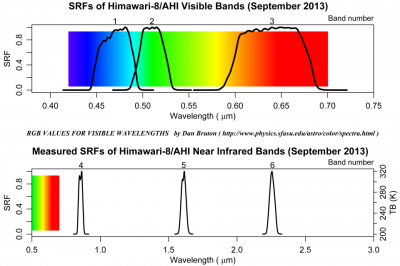
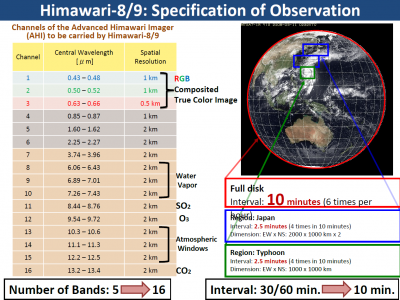



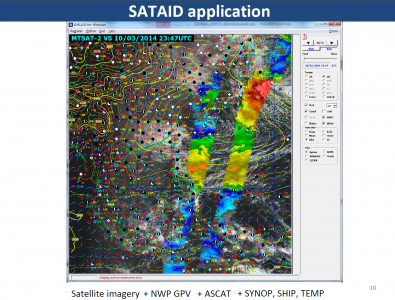
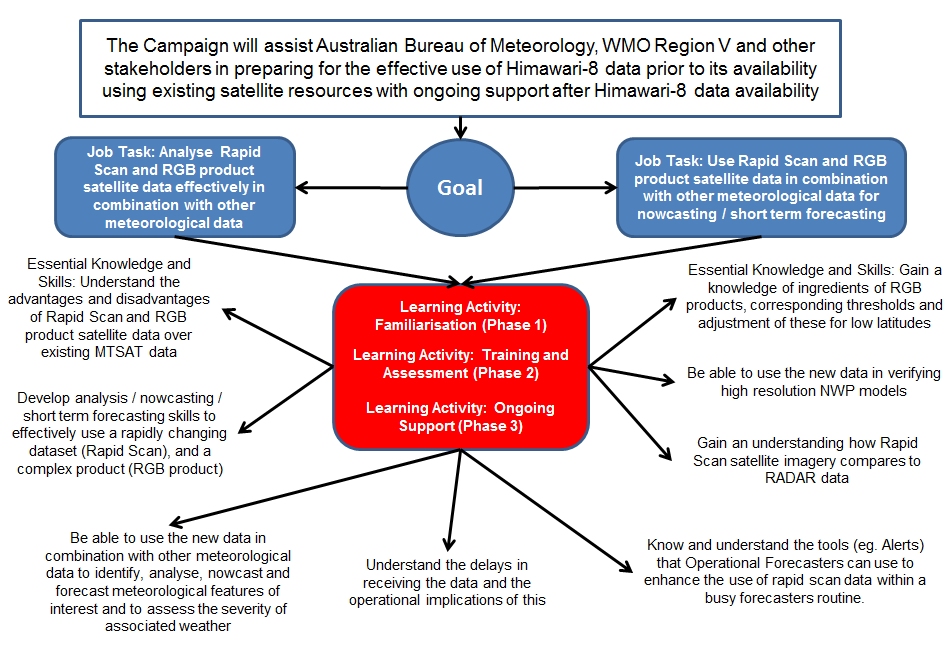
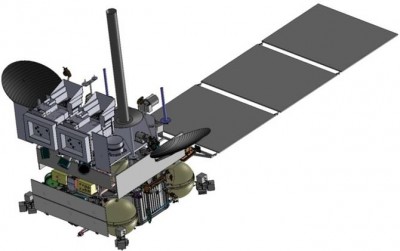
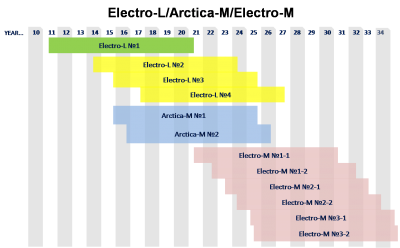
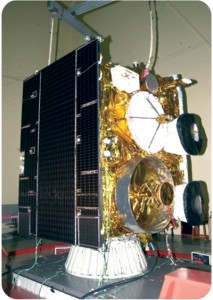
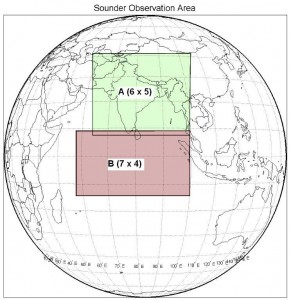


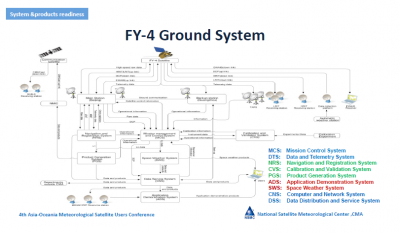
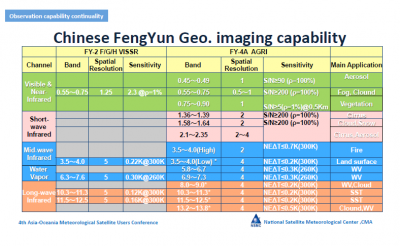
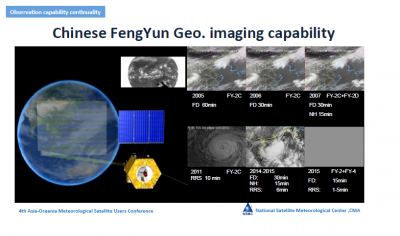

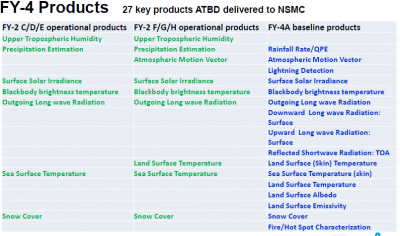
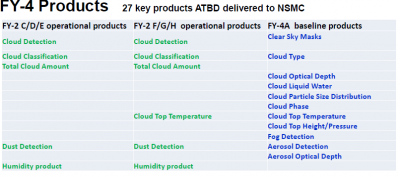
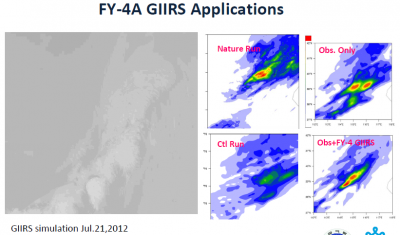
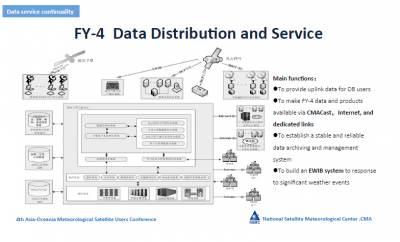
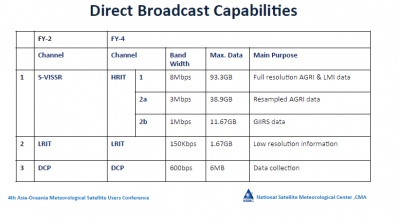



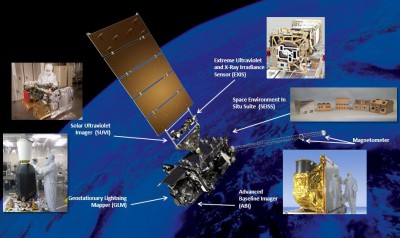
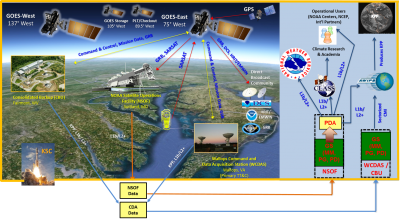


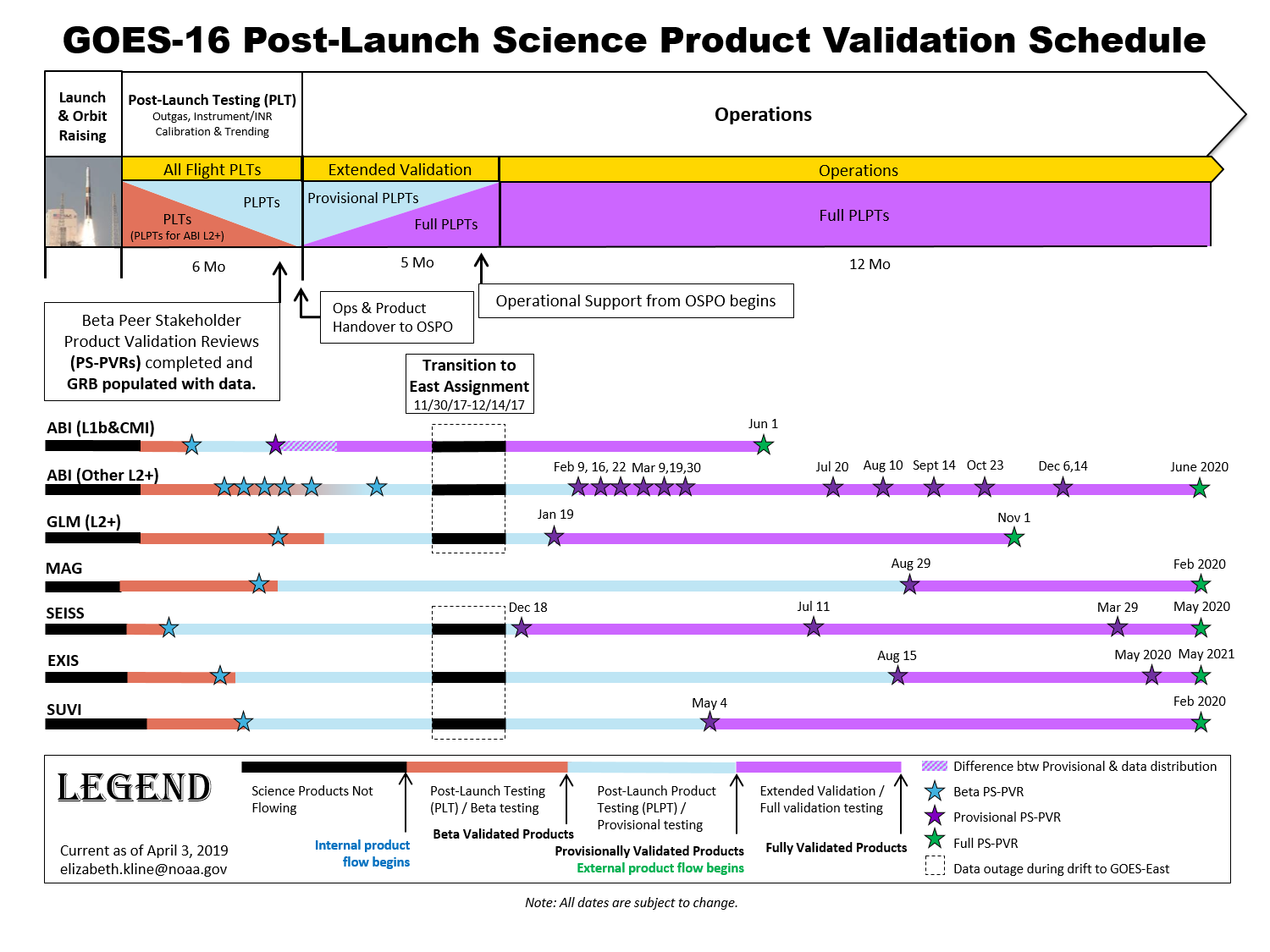

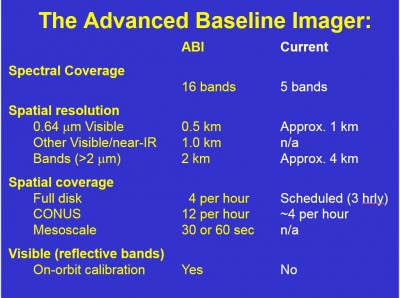
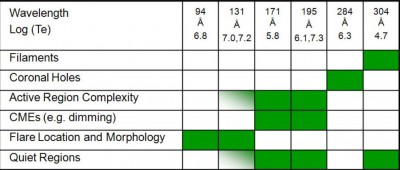
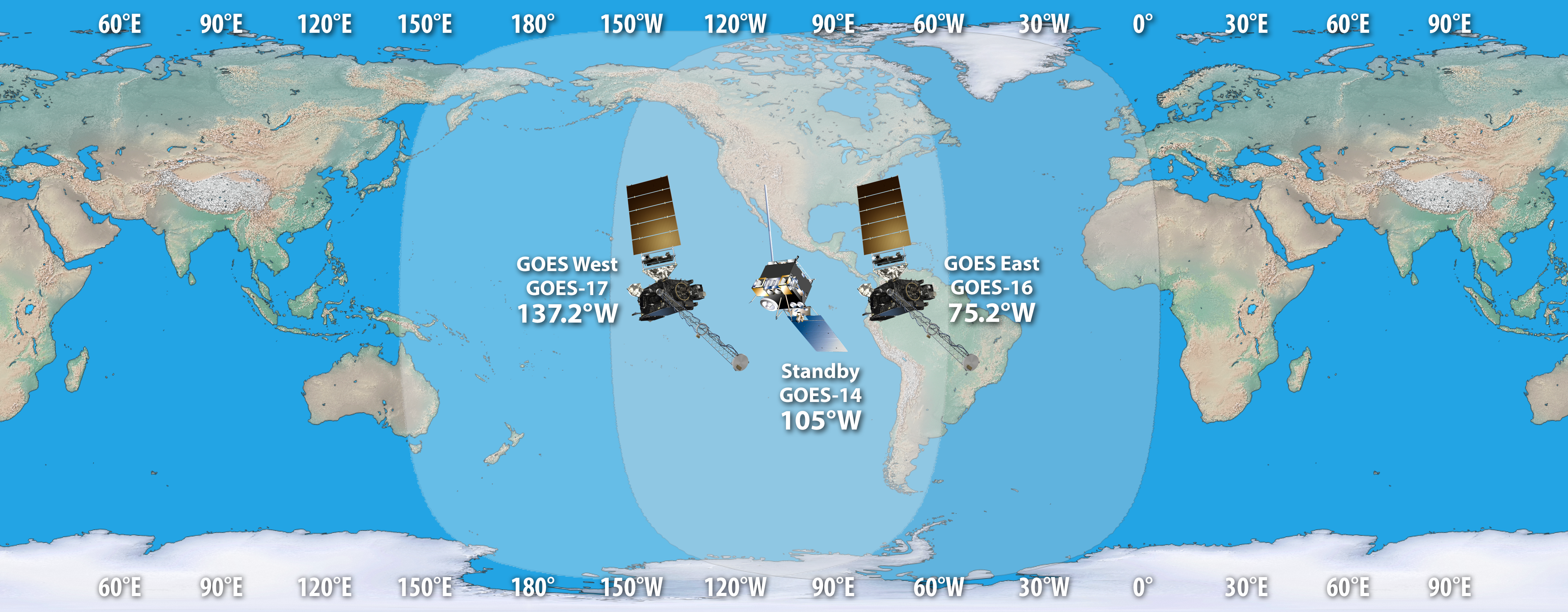
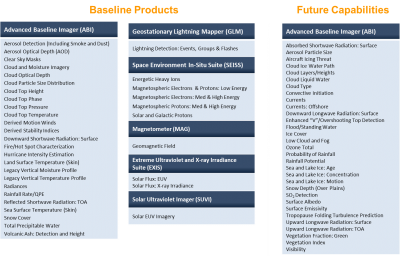
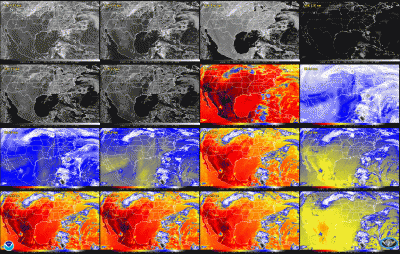
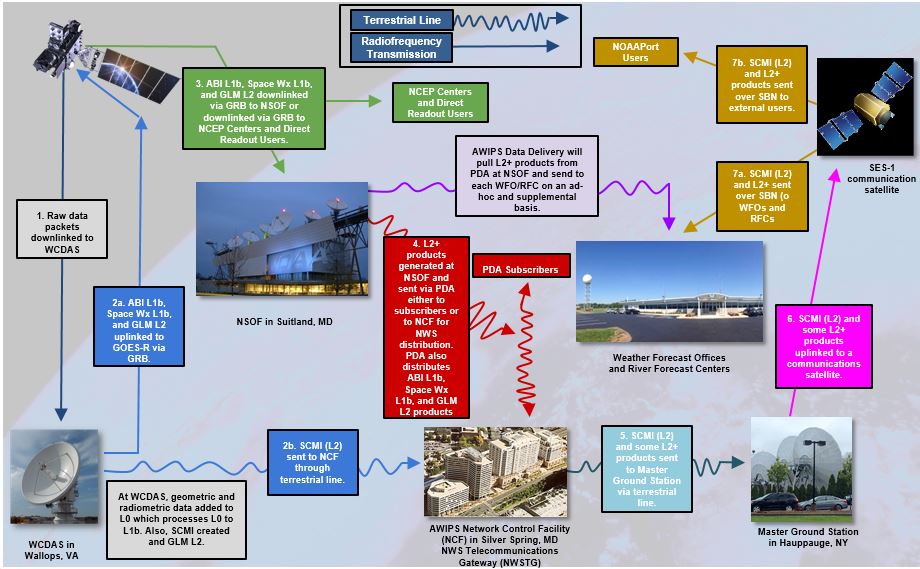

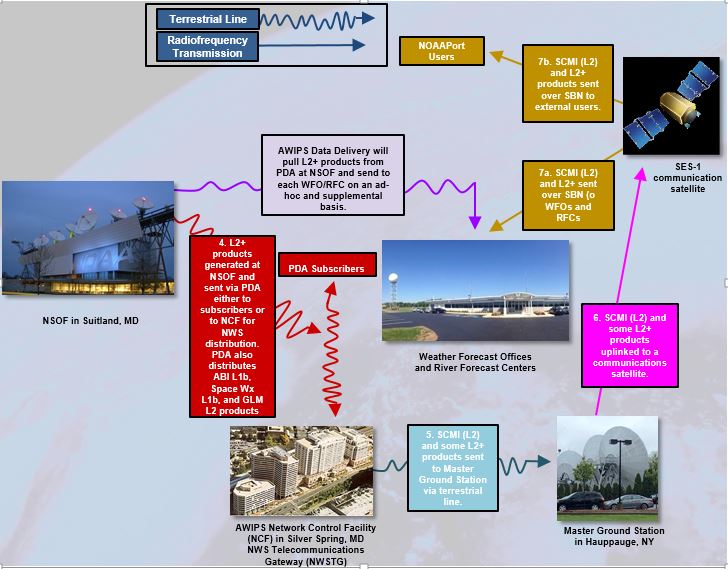
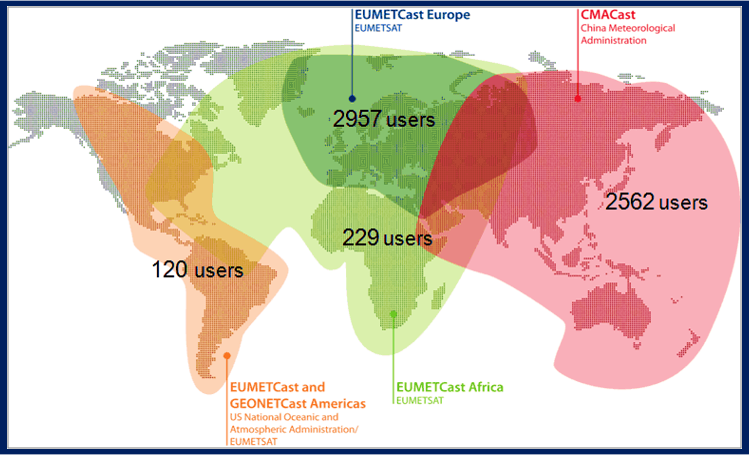

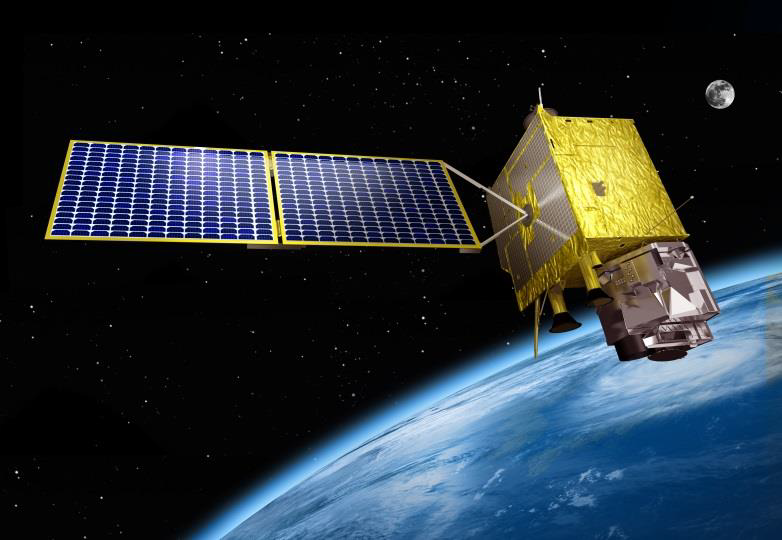

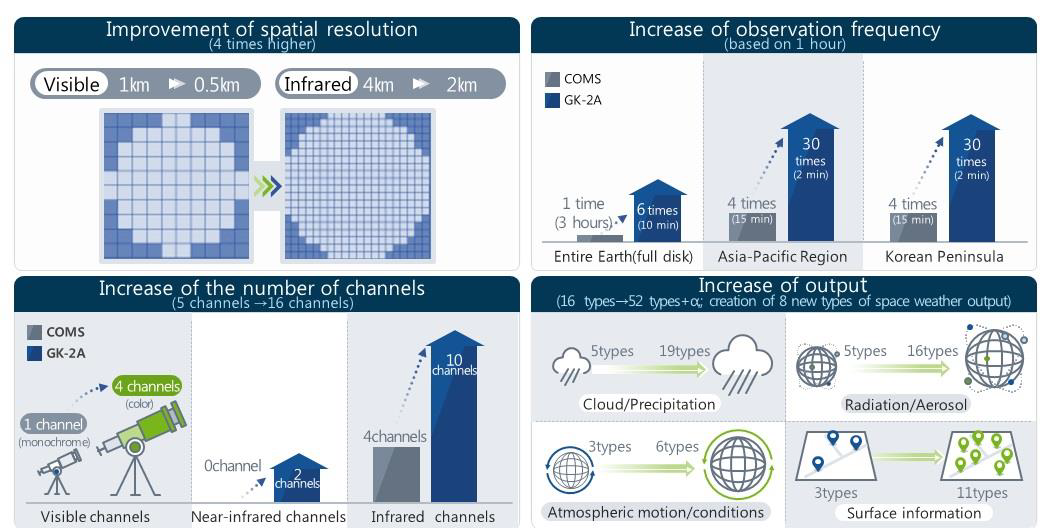 <Comparison of COMS and Geo-KOMPSAT-2A>
<Comparison of COMS and Geo-KOMPSAT-2A>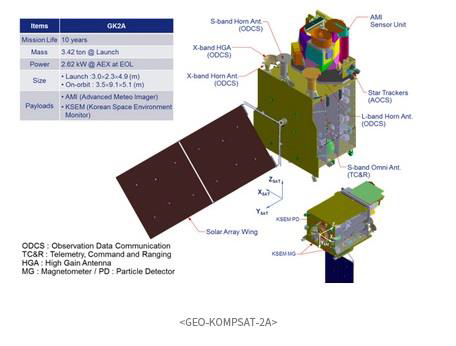
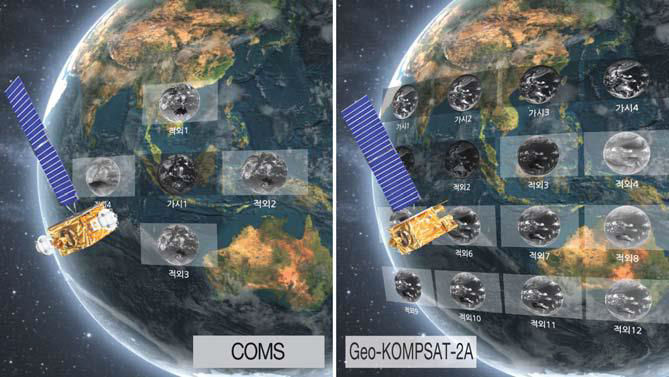
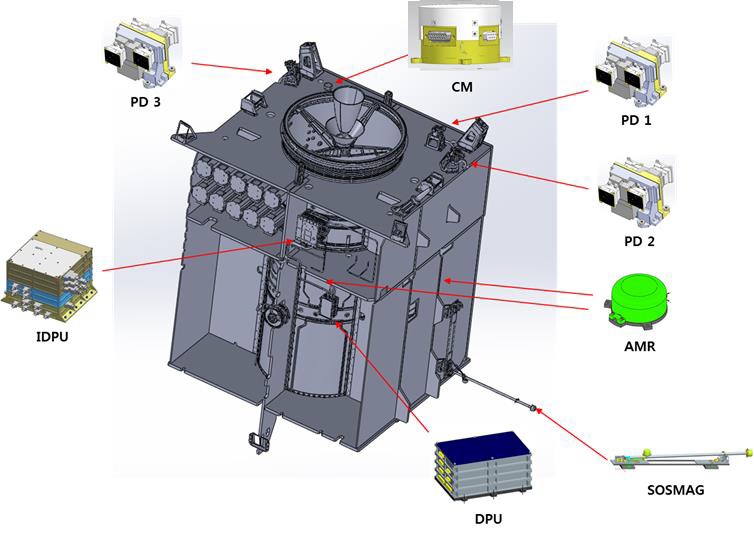 < PD: Particle Detector / MG: Magnetometer / CM: Charging Monitor >
< PD: Particle Detector / MG: Magnetometer / CM: Charging Monitor >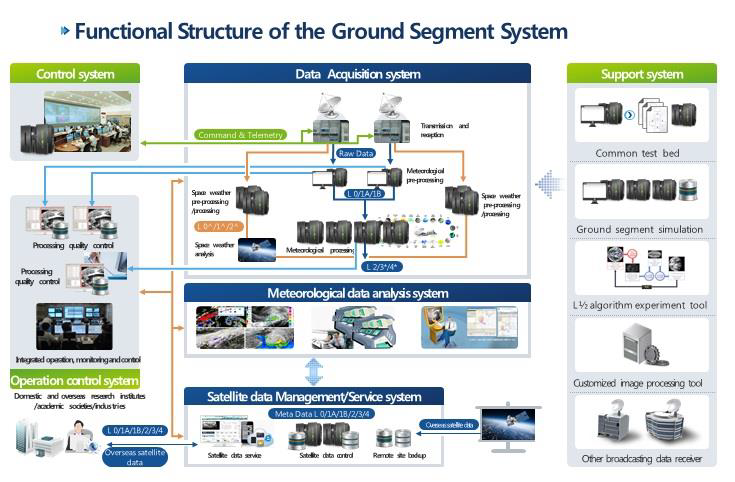
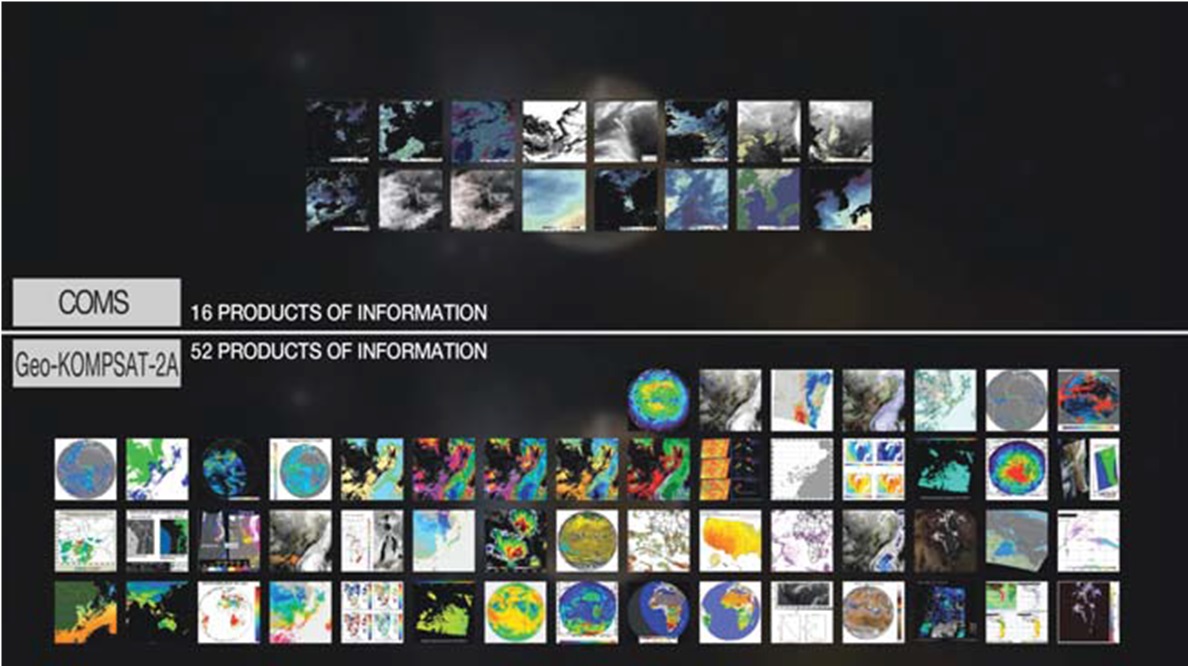
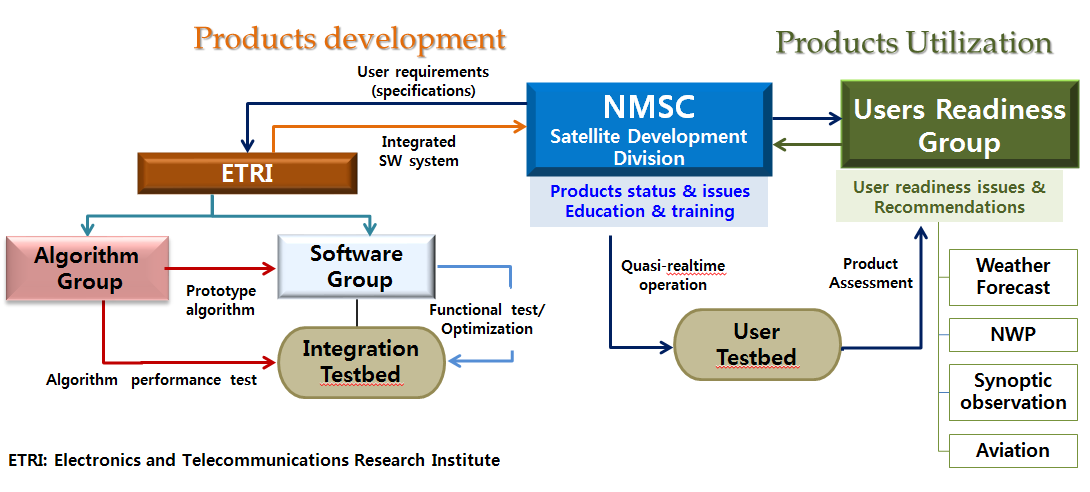
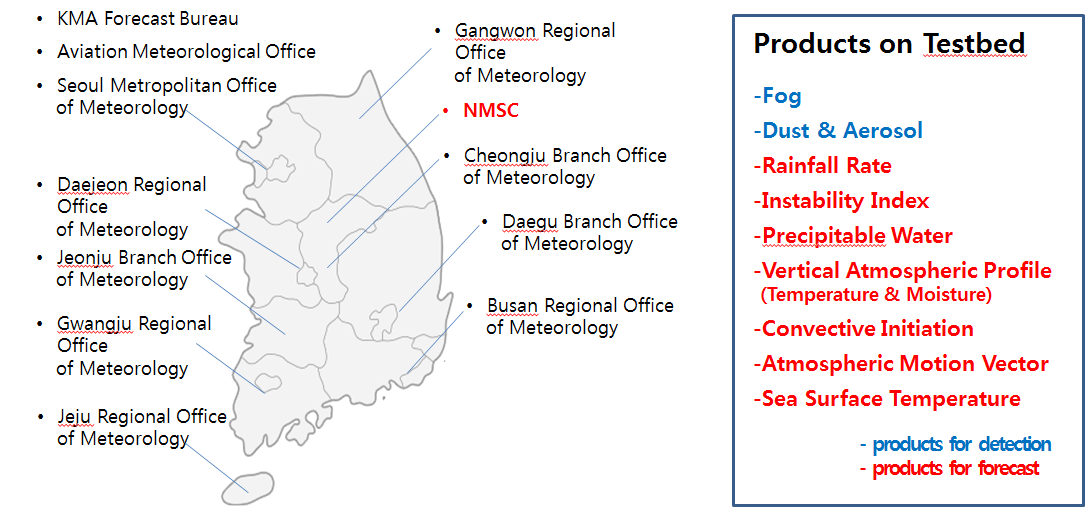
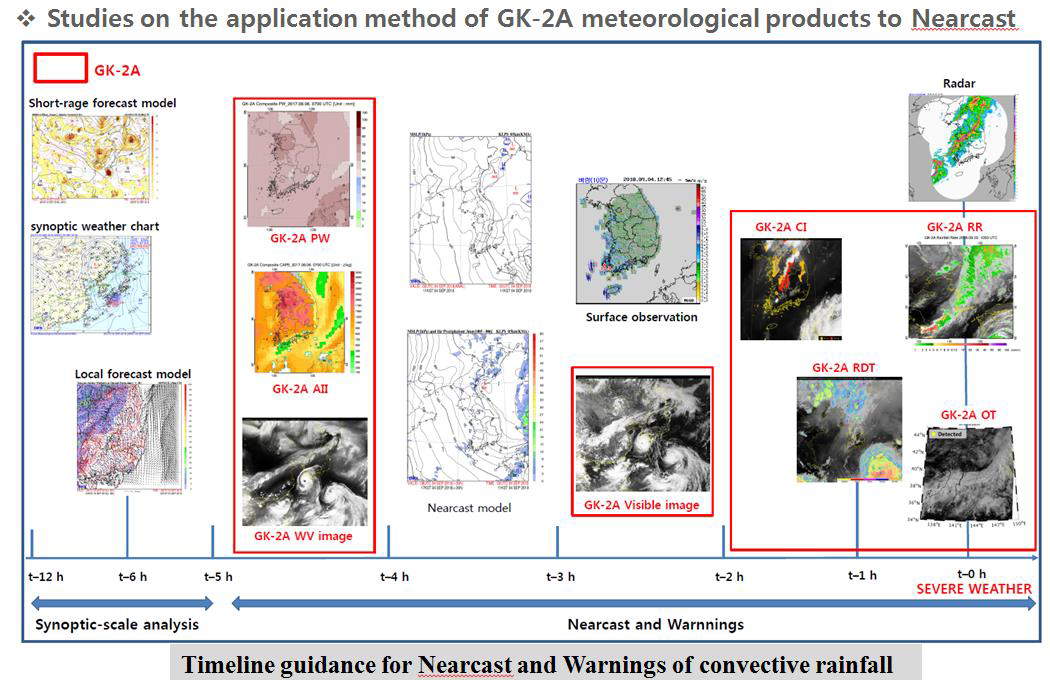

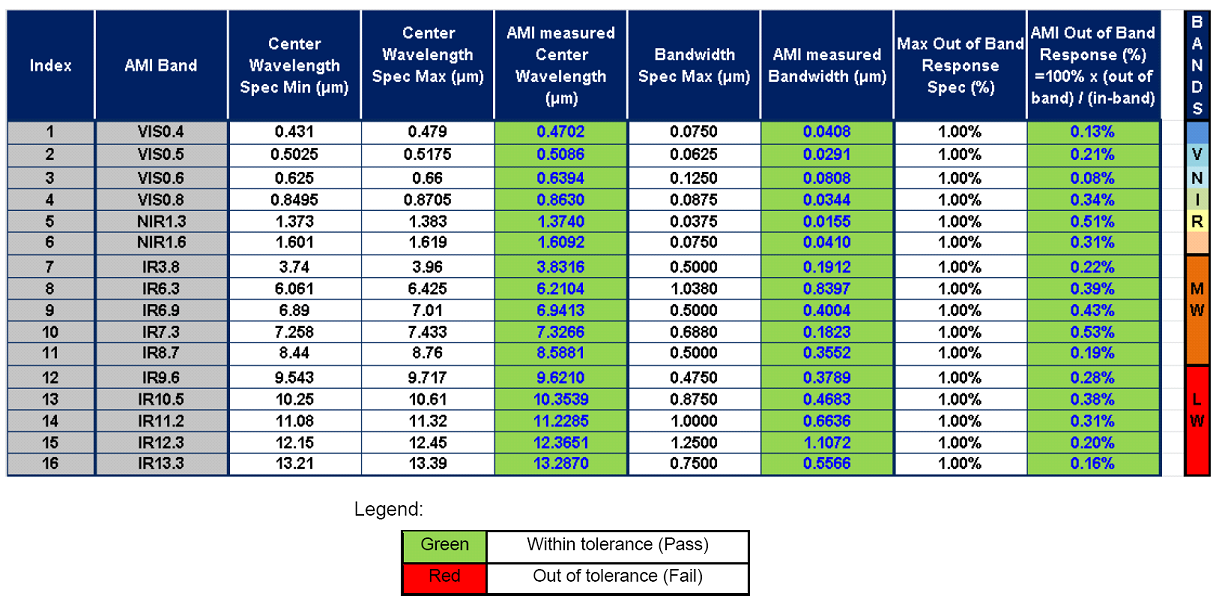
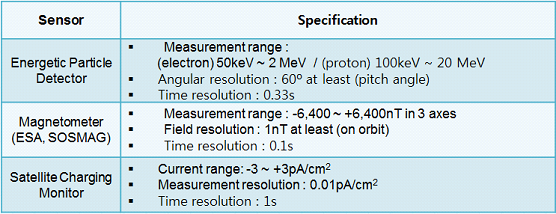
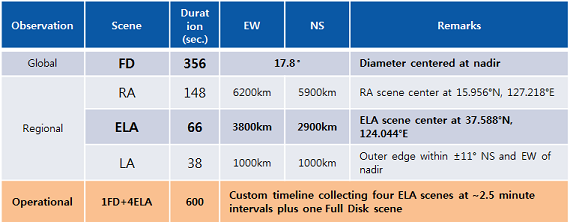


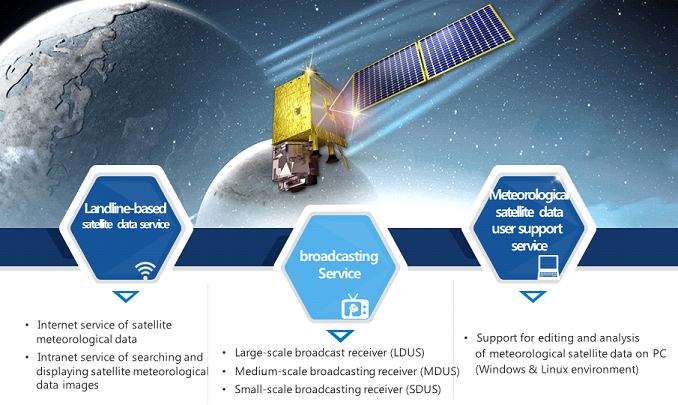
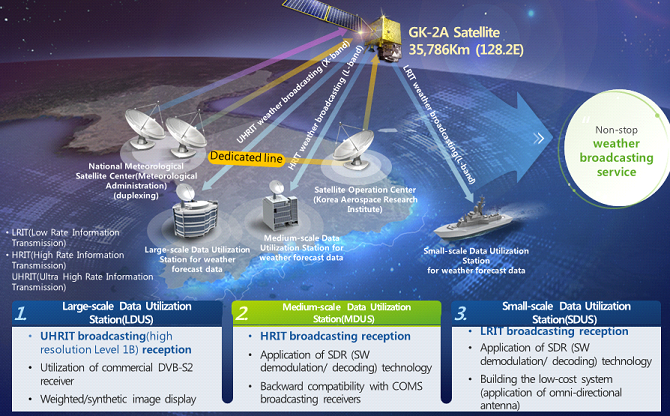
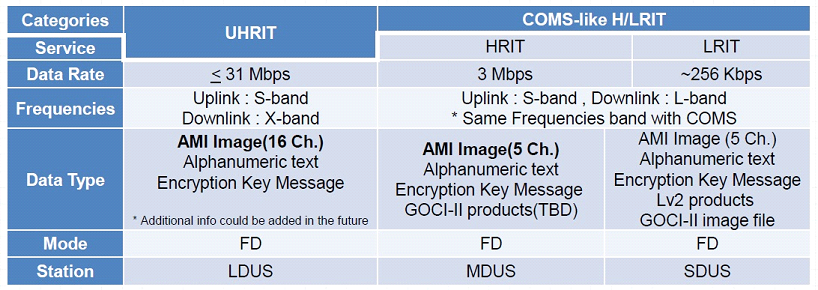


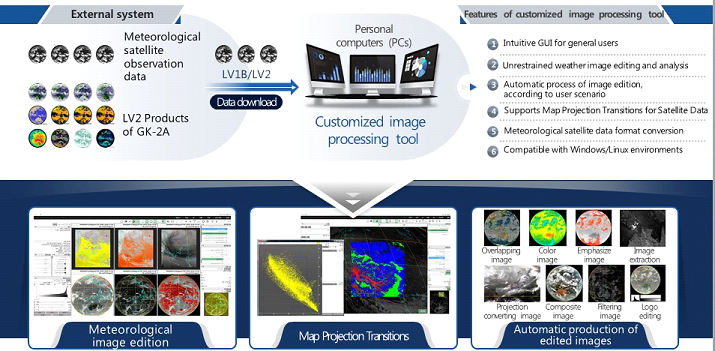
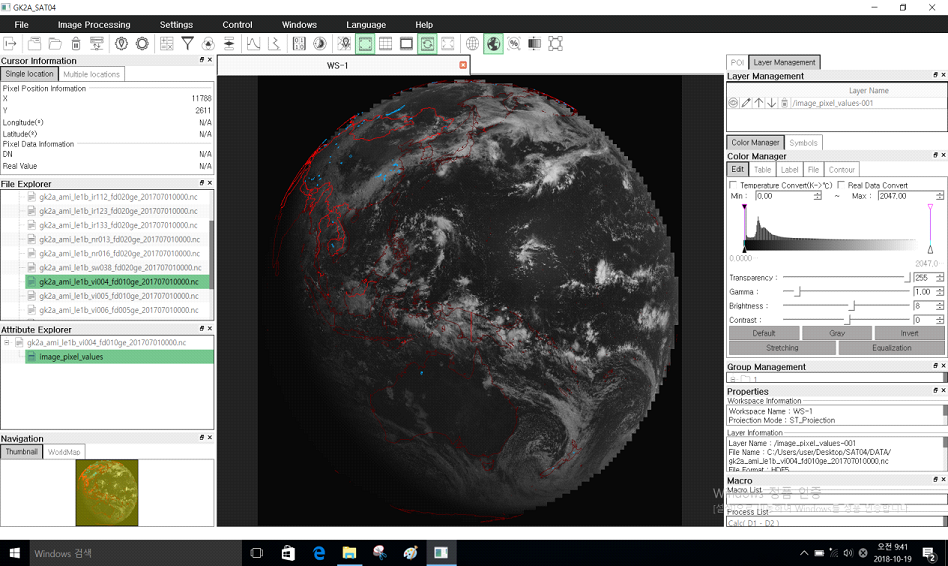
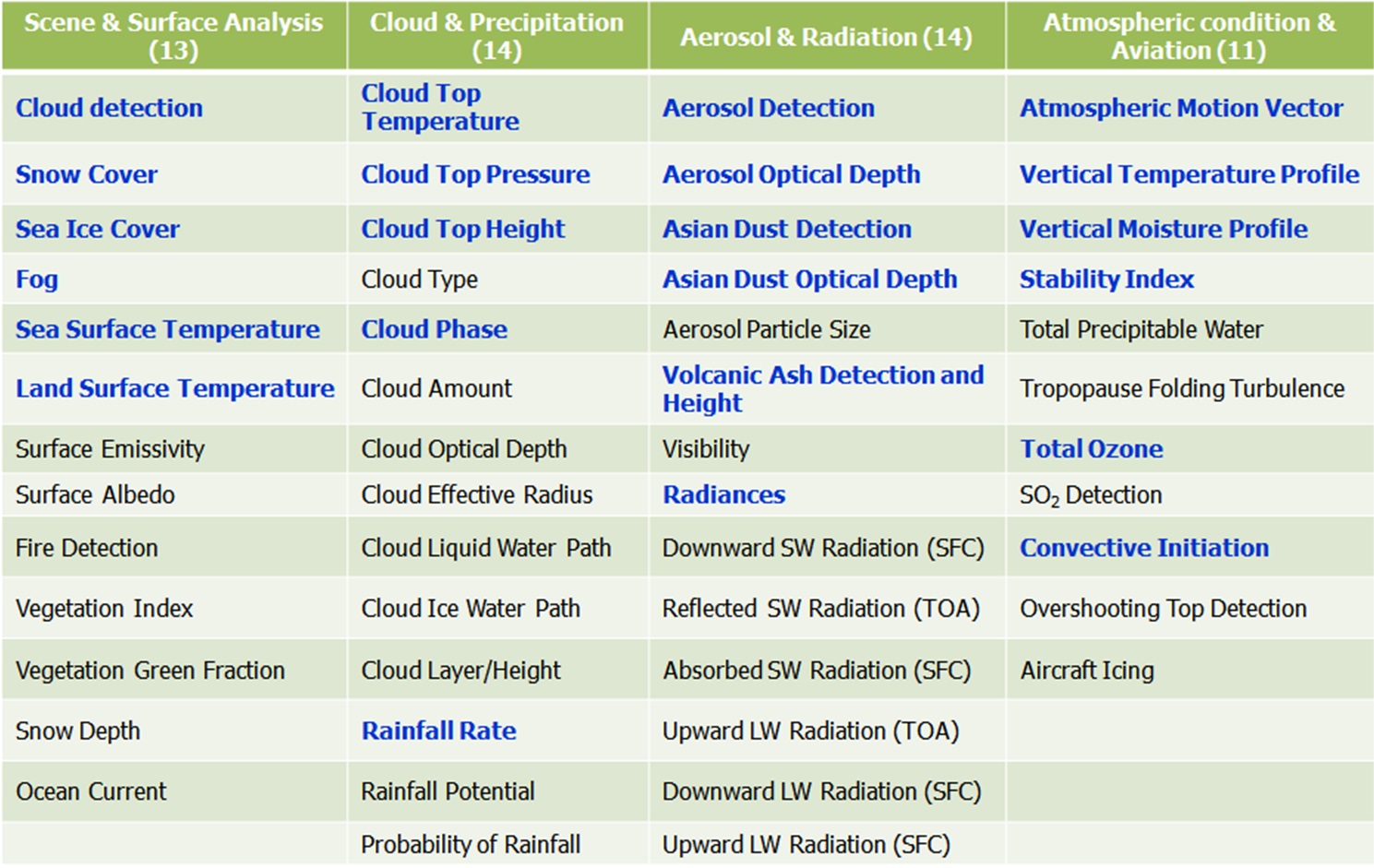
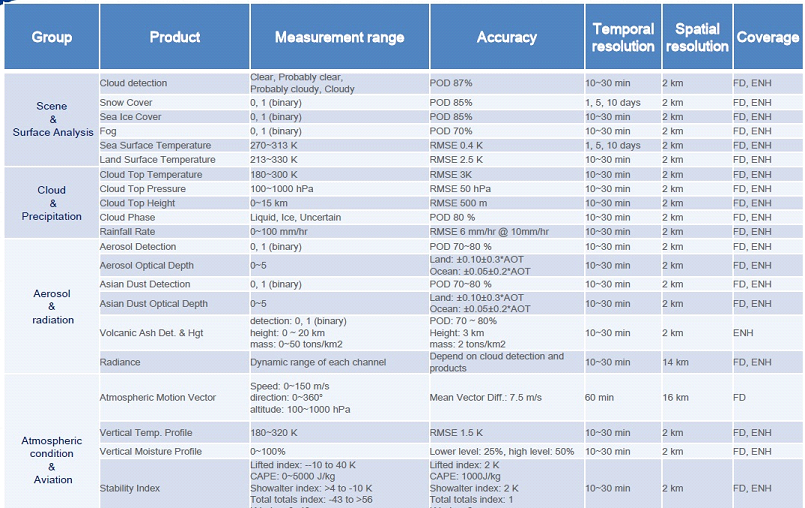

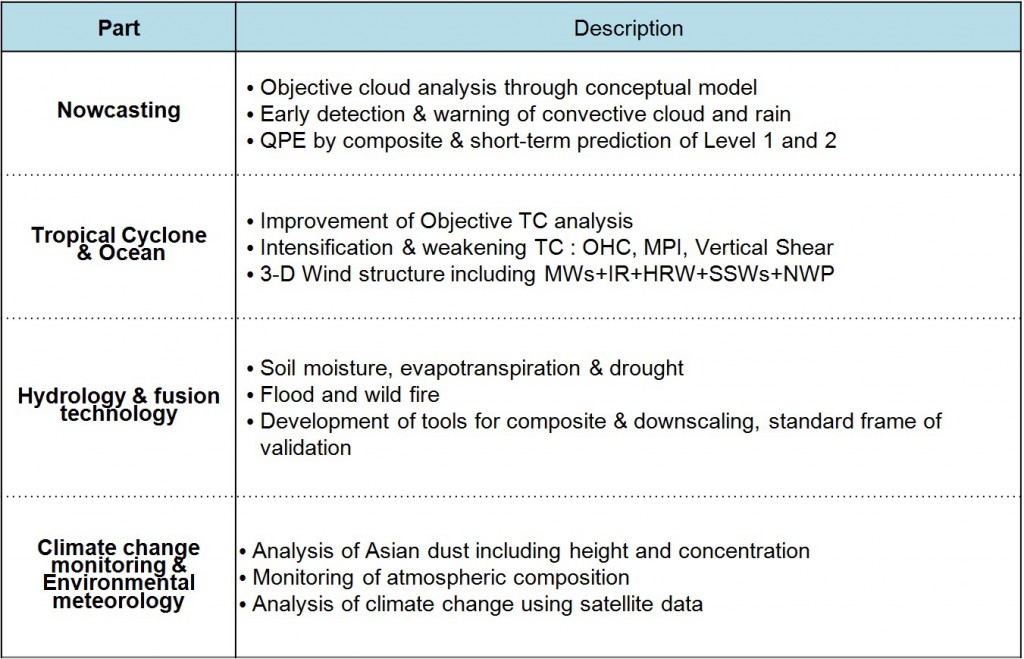

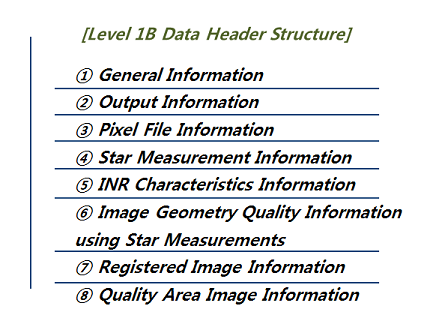 To give some clue of data volume, you can refer the below table which displays the file sizes of Full Disk level 1B. For all 16 channels, it would be 2.25 GB.
To give some clue of data volume, you can refer the below table which displays the file sizes of Full Disk level 1B. For all 16 channels, it would be 2.25 GB.



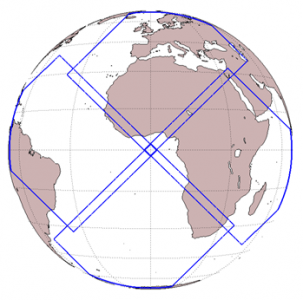
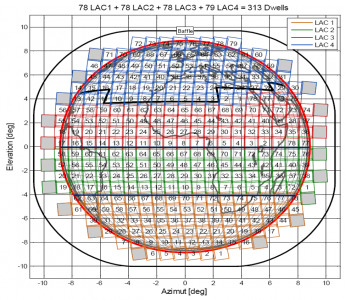
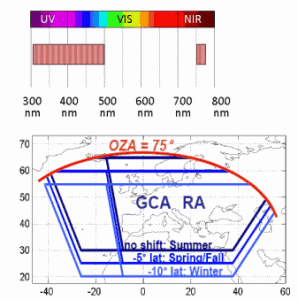
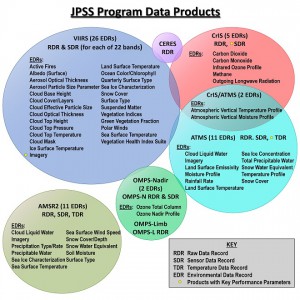

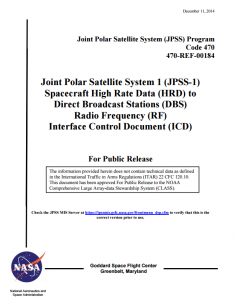
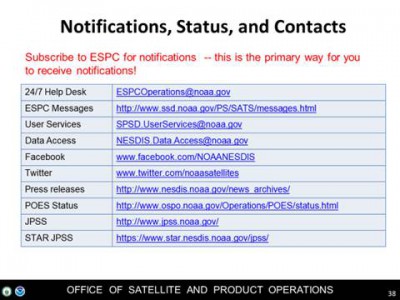


Many Thanks for posting this valuable information on GOES-16!
We look forward to release of first public images from GOES-16 on January 23!